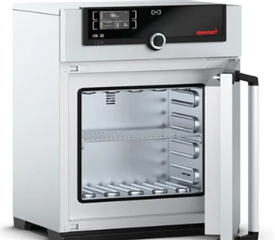Other Parts Discussed in Thread: TPS922052, TPS922053
Tool/software:
Hi Steven,
I hope you are well.
I have currently adapted the design with the LM3414HV IC and have had a PCB manufactured.
Please see circuit diagram below:



I have tried to run the DUT at 25 degrees C ambient in a thermal oven and it goes into thermal shutdown after 25 minutes.
Any idea what the issue could be?
The PCB is double-sided and 1oz copper.
Kind Regards,
Yousuff.




